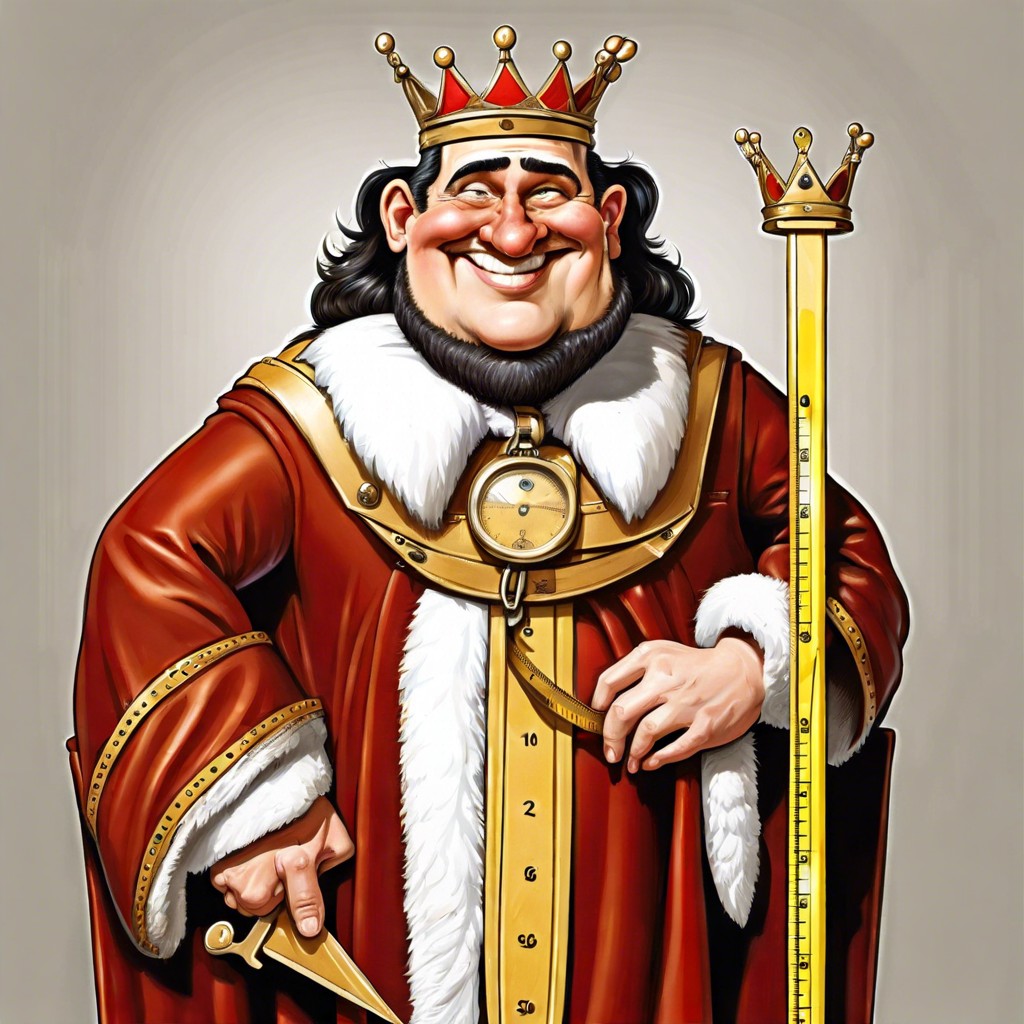Discover the actual size of a 1 carat diamond and how it compares in different settings.
Key takeaways:
- Carat weight doesn’t always determine the size of a diamond.
- Different diamond shapes can make a diamond appear larger or smaller.
- Pricing for 1 carat diamonds is influenced by factors beyond weight.
- Market fluctuations impact diamond prices.
- Consider the four Cs (cut, color, clarity, carat) when evaluating a diamond’s price.
Understanding the Basics of Diamond Carat and Size
Carat refers to the weight of a diamond, not its size. One carat equals 200 milligrams, or roughly the same weight as a standard paperclip. While carat weight suggests size, the actual dimensions of a diamond depend on its cut and shape, meaning two 1 carat diamonds might appear different in size. It’s important to understand that a higher carat number doesn’t always translate to a visibly larger stone; this is particularly the case when comparing diamonds of different shapes. The cut quality can also play a significant role; a well-cut diamond can appear larger than its actual carat weight might suggest. Hence, when evaluating a diamond, considering its carat weight in conjunction with cut quality and shape is vital for a comprehensive understanding.
Impact of Diamond Shape On Perceived Size
Diamond shapes can significantly influence how large a diamond appears, despite having the same carat weight. Round cut diamonds, for instance, often look smaller compared to other shapes because their mass is distributed more towards the depth, enhancing their sparkle but reducing their surface area.
In contrast, shapes like oval, marquise, and pear can appear larger due to their elongated cuts, which spread more surface area across the top of the diamond. This visual trick makes the stone seem more substantial when viewed from above—important for rings intended to impress at first glance.
Emerald and Asscher cuts, with their step-like facets and deeper cuts, might carry more of their weight hidden below, making them seem smaller than a similarly weighted round diamond. Therefore, when choosing a diamond shape, consider how the shape will affect the perception of size, especially if maximizing the appearance of the diamond is a priority.
Pricing Variations Based On Size and Quality of 1 Carat Diamonds
The cost of a 1-carat diamond isn’t solely influenced by weight; clarity, color, and cut also play pivotal roles. A perfectly cut, colorless and flawless 1-carat diamond will command a premium price. Conversely, even a diamond of the same size, if it features visible inclusions, a lower color grade, or a less precise cut, will be priced significantly lower.
Market fluctuations also impact diamond prices. Economic factors and supply-demand dynamics can make diamond prices volatile. It’s worth keeping an eye on market trends if you’re planning an investment or purchase.
Availability of the diamond shapes influences their price too. Round cuts, being highly popular and with higher waste during cutting, tend to be more expensive than more unusual shapes like marquise or pear.
Thus, when evaluating the price of a 1-carat diamond, considering its four Cs—cut, color, clarity, and carat—is crucial along with an underpinning knowledge of the current market conditions. Making an informed choice involves not just appreciating the size of the gem, but understanding the intricate details that affect its valuation.




